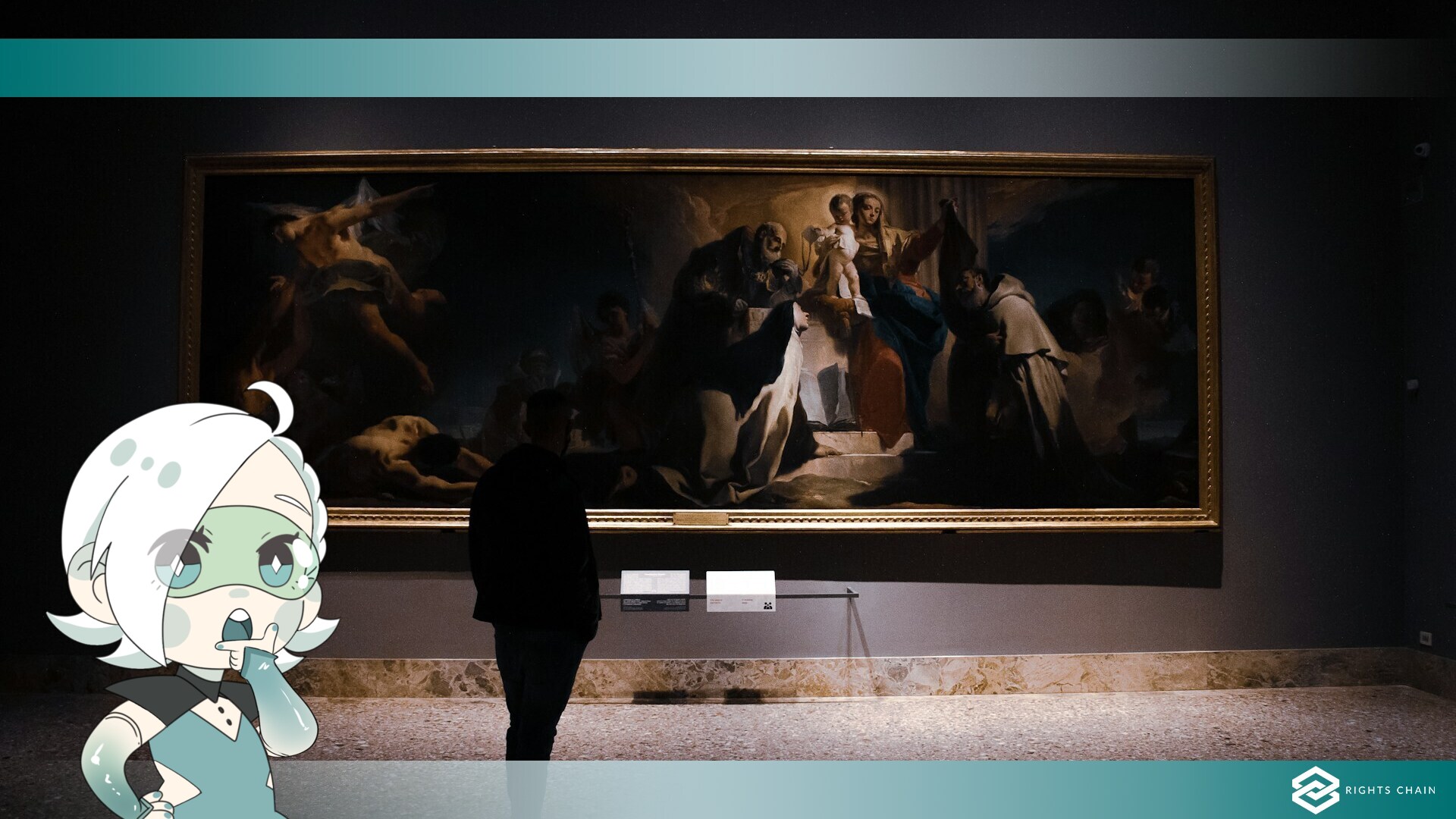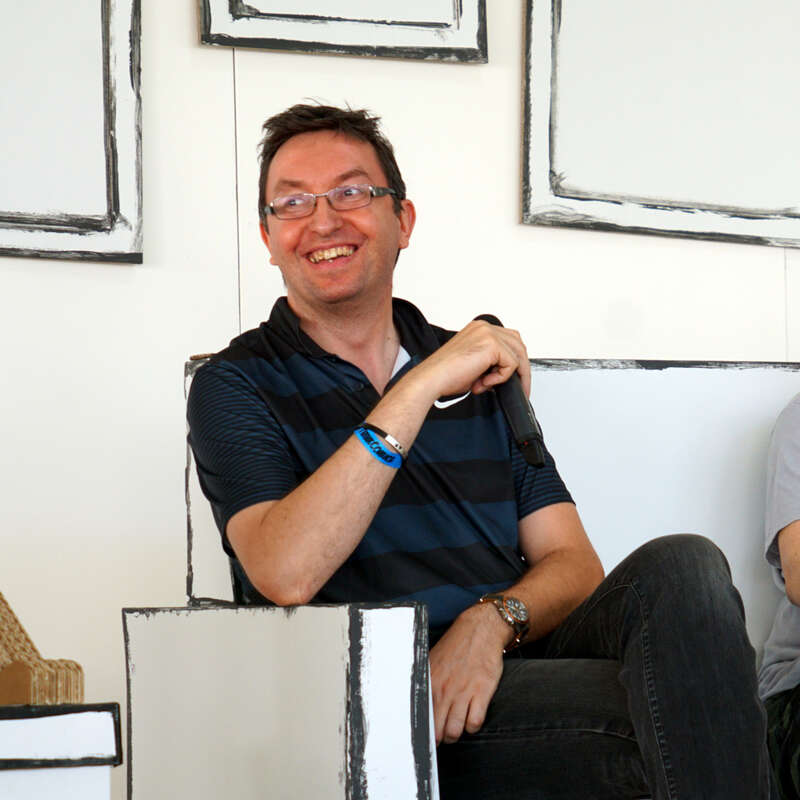No, generative AI is not just another tool to support creatives

- 2024-05-12
- Sebastian Zdrojewski
- Opinions
- Sebastiano Piazzi
I will make my usual premise, because it is never enough to keep reiterating a very important concept: what we call Artificial Intelligences, are not 'intelligent' systems capable of creating something out of nothing, nor of judging their own output. They are statistical systems, which work by processing massive amounts of data to create an 'algorithm' that, in turn, computes an input and returns a result that, statistically, is close to what was requested. So much so that the more correct term would be 'Machine Learning' and the term AI is used extremely incorrectly because... well: Marketing.
After this brief digression around the definition, let us return to the main theme:
"it's the same thing as when all the other digital technologies came to support creatives: like traditional photographers versus digital photographers, or like traditional illustrators with digital"
On the one hand, one thing must be said: technology is revolutionising the world we live in and the way we do our work. Even at the end of the last millennium, which would be 24 years ago, young people at that time were enthusiastic about being able to send text messages to save on phone calls. Today, SMS are so obsolete that they are looked upon with suspicion by definition. This is to say that, in general, technology is a tool that should be made available to mankind to simplify or raise the level of quality of life.
And for many things it has done so.
In the 19th century, when the first photographers arrived, painters and landscape painters may have felt threatened by this new technology that would 'take their jobs away'. No more portraits of people or families. Since 1826, when the oldest preserved photograph dates back to today, thousands of paintings have been created. Photographers have also improved, often at the behest of the photographers themselves: cameras have undergone continuous technological evolution whose aim was to make ever more accurate and reliable instruments. There will probably be some lovers of traditional photography, meaning 'original', however, you do not see photographers around with phosphor lamps and developing photographs on sepia.
Similarly, illustrators have evolved over time and have - themselves - created new tools for drawing. Since antiquity, the use of squares and compasses could have been considered an affront to 'tradition', as could the move from engraving on stone tablets to paper.
With the advent of information technology and electronic computing, we came to have extraordinary tools that 'undermined' the work of 'traditional' illustrators and graphic designers (on paper, to be precise), with all the fears and apprehensions of losing their jobs, replaced 'by computers'.
This did not happen.
Digital has given rise to an extraordinary amount of new work and content, and made accessible to many more people a world that was previously inaccessible. To take a musical example, at the end of the 1990s, in order to record a piece of music, one had to go to a recording studio to have access to very high quality (and expensive) equipment. Today, all you need is a PC and generally affordable hardware.
The desire to innovate and improve one's ability to work stems from a need (to give an inescapable example: Ctrl-Z)
But then, AI is the same thing, isn't it?
Not exactly.
Generative AIs are not innovating: they are transforming the work of thousands to offer surrogates statistically close to what is desired in return.
There is no doubt that today's result, one year on, is not comparable to what we saw at the beginning of the decade (2020's), yet it remains a statistical elaboration.
An elaborate - not to say 'surrogate' - that is not the evolution of a necessity.
"But now you can change the background of photographs with a single click of Photoshop!"
Chroma Key, or more commonly called 'Green Screen', is a cinematographic technique of which we have the first traces in 1898, born out of a necessity: to insert something into the background that was not there.
With the advancement of technology, Chroma Key is now available to everyone, from Youtubers to filmmakers, and we can clearly enjoy the results.
It started with a need: a desire.
Personally, I am unable to imagine a 'need' for generative AI. I say this as a collector of minor works, 'niche' if you like.
"Today, you no longer need the artist: with a prompt you can have all the images you want!"
The reality is that in order to be able to create something out of 'nothing', hundreds of thousands of images of artists have been collected and catalogued, who have created their own content and made it publicly available to the world (which does not mean having made it 'public domain' - ed.). Without these people, without the millions of collective hours of work that went into creating this "data", without the Internet, without Social Media, without the Cloud, Generative Artificial Intelligences would not be able to create anything at all.
Or they would still be at the level of the stories that can be read in 'Cheap Complex Devices', a 2002 collection of stories 'written by machines'.
Let us therefore distinguish between two things.
Artificial Intelligence, understood as that branch of science that aspires to emulate natural thought, is driven forward by the 'desire' to create a general algorithm capable of thinking like a human being. Although Marketing and Media push the terminology and the claim that 'we are on the verge of a major evolutionary step towards a General AI', my hunch is that we are so intoxicated by this type of communication (and other social factors) that we would fail the Turing test ourselves.
Generative AIs such as Midjourney, Stable Diffusion, Dall-E, ChatGPT... were not born out of the need for creators, illustrators and photographers. They were born as experiments that needed to have an application in the economic system to sustain themselves: in fact, they are adopted on the basis of economic and not functional criteria.
When observing the creators and artists I have had the opportunity to meet, none of them would have ever thought of collecting the work of hundreds or thousands of other artists to create collages and pass them off as their own. The reason is simple: in every artistic work, regardless of its traditional or digital nature, there is a part of the person who created it: a vision, a dream, an idea.
A message.
An algorithm, no matter how refined and capable of producing an 'aesthetically' pleasing or impactful result, will never be able to embed a 'message' within its work, as it is unable to understand the meaning of the message itself. He will be able to emulate an emotion because there is a statistically relevant reference sample in his database that allows him to say 'this is a sad look'. But it will always be a statistical approximation, a mere percentage.
Looking at the situation from a more distant point of view, you can see a general behaviour on the part of all the companies that build algorithms (OpenAI, Adobe, Apple, etc.): today their 'need' is to have even more data, even more material to build their models. The buying and selling of content from social media has become like the local market: those who have the data have the supply, the big companies have the demand. A natural market rule, which has millennial origins.
Considerations
We see 'prompters' asking for elaborate statistics from algorithms that are refined month by month, fuelled by new content generated by someone who - most likely - doesn't even know what is going on. They (the prompters) play a (statistical) regurgitation lottery in which it is easy to win, but in which it is difficult to maintain continuity.
Some roam the digital streets in search of data to buy, others put their social media on the counter and sell the data as if it were fruit - more or less spoiled - and consumers play chatting with Artificial Stupidity that offers them an ersatz content to crown a dream that will last a few moments, until the next prompt.
The artists, meanwhile, continue to create.
